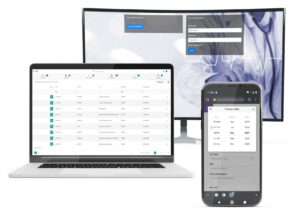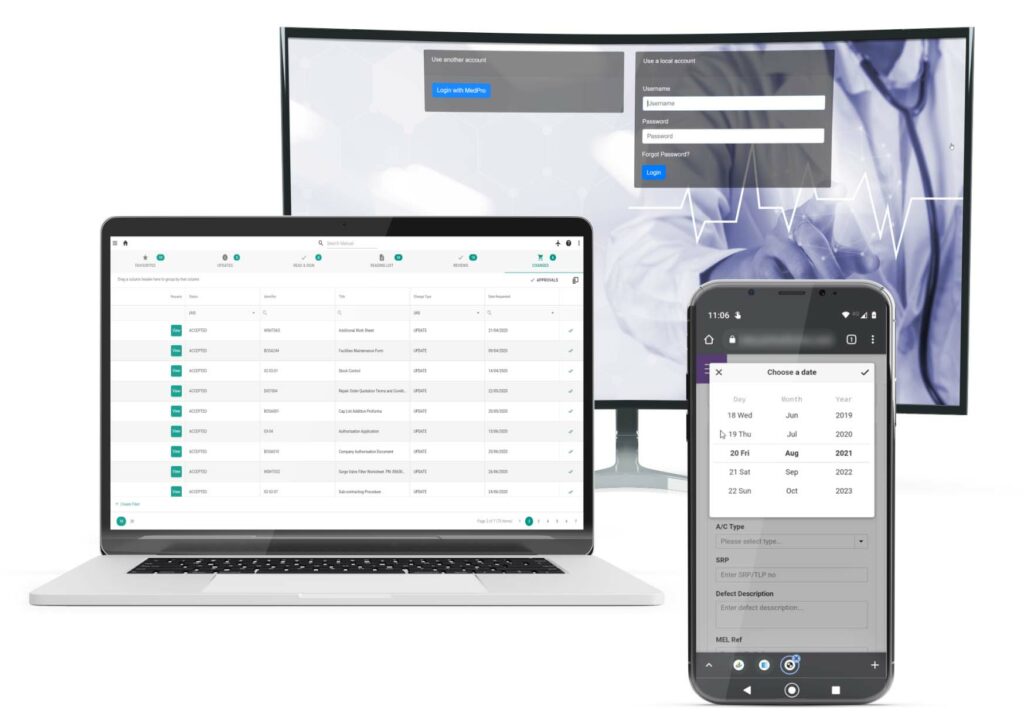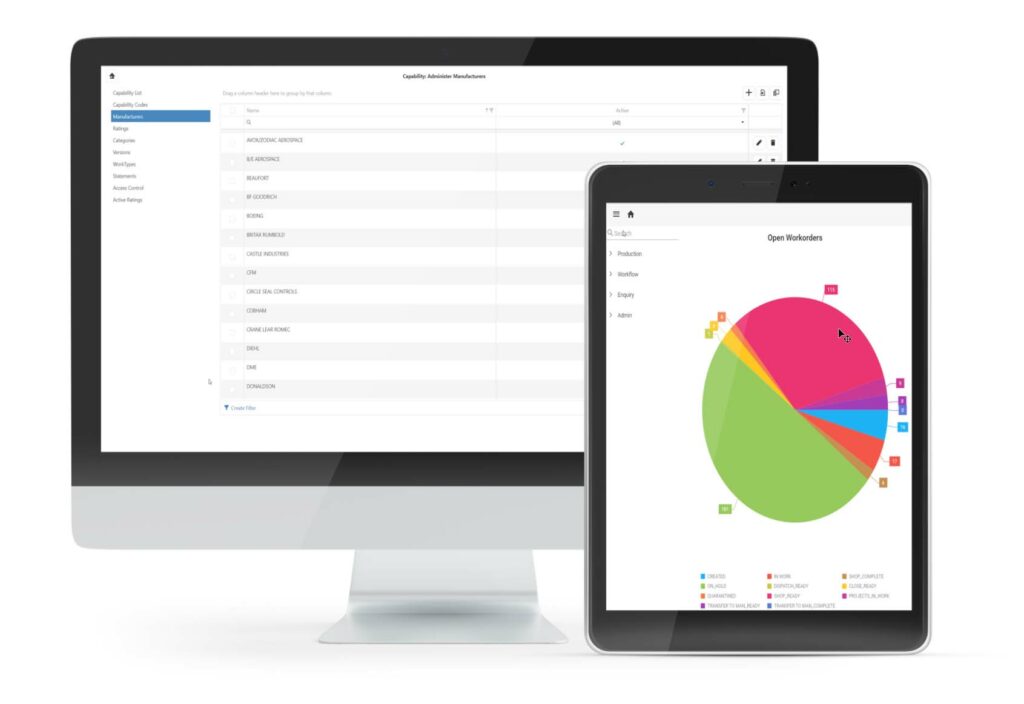
A web application is software delivered over the internet , meaning you need nothing more than a web browser and internet connection to use it. This means you aren’t tied to a specific device, location, or operating system when you want to use software.
There are a plethora of web applications available today solving many problems. Also known as SaaS (Software as a Service) you typically pay a monthly fee for continued use of the software. Just like the traditional desktop or mobile device world, it’s possible to create bespoke solutions that fit a problem like a glove.
A web application, when well engineered, can scale from a few users to many thousands as required. The nice thing about this is that flexibility doesn’t need to be pre-estimated and priced in. Generally, the more you use the more you pay and vice versa, with capacity coming online or offline as needed.
Should you build a bespoke web application or select one of the many off the shelf options available today. This really depends on the problem, and the correct answer can be a little of both.
Some off the shelf options offer an API (application programming interface) allowing you to integrate other solutions (off the shelf or bespoke). This allows you to combine several differing products to solve one larger problem as required. This is generally a technical task, though some solutions do exist to make life a little easier.
All software requires maintenance, the software itself, the underlying operating system, even the software within your devices (firmware). The maintenance can be security related, new features, or just routine fixes or even advances in technology making things better over time. With an online solution this is typically all taken care of for you, all you have to do is focus on using the applications to get things done.
Whilst there are many online solutions looking for problems, we prefer the problem first approach. We understand that every business has its own set of unique challenges and problems, each of which is a potential opportunity for innovation or improvement. To identify opportunities to innovate or improve we must thoroughly understand the problem, we’ll take the time to ask the right questions to arrive at the best solution for a problem.

There are solutions for all kinds of varied problems available online via web services from several major cloud providers, with varying degrees of technical expertise required to make use of them. These range from IaaS (Infrastructure as a Service) through PaaS (Platform as a Service) all the way up to SaaS (Software as a Service) solutions and no end of offerings in between.
The amount of technical expertise required decreases as you move along this scale, with more expertise required for IaaS and less for SaaS at a consumer level. One thing that’s also true is all web applications require infrastructure, and usually a platform.
When you buy any kind of software you are also implicitly dependent upon the choices made by the vendor about the underlying platform and infrastructure. If they only provide a solution that uses expensive components, then it’s likely that solution will be expensive.
We take a problem, understand and investigate it, then look at how best to solve it in terms of cost, technology and simplicity.
A little like buying an electric vehicle, you inherit the choices made by the developers about the components within. If your car will only work with a battery of a certain capacity, made by a certain manufacturer, you have inadvertently locked yourself into that vendor without realising. If the battery manufacturer stops making that model, then you are left with some difficult and typically expensive choices.
Should you build or buy, that’s a time old question, and really depends on the problem. If your problem is a commodity problem, i.e. one faced by many businesses, then off the shelf will usually provide a reasonable solution, if the problem is more bespoke then of course a bespoke web application development project makes more sense.
The fine line here is understanding what a commodity is and what is unique. You also need to be mindful that off the shelf solutions are generally less flexible and available to everyone, including your competitors. If your competitors are using the same thing, then any benefits or gains from that software over your competitor are negated.

We can help with this. Often, existing solutions can be combined via integrations allowing you to take the best of one app and couple it with another, perhaps with some bespoke mediation software in between. This is an alternative to bespoke development, we love nothing more than developing bespoke solutions, but we’d be failing our customers if we repeatedly reinvented the wheel.


Understanding or having the time to thoroughly research and investigate the myriad offerings available can be a daunting task. There are some fantastic off the shelf integration suites out there, most of which promise developer or code free solutions, only to start talking about data structures and XML or JSON within three minutes of reading the documentation, and that’s not to mention resilience in the event of a failure of one component or compliance with data or privacy legislation.
Choosing a product can be difficult, with advertising, influencing and bogus reviews it can be hard to make an informed choice. The sales pitch and the reality can be a little, shall we say disconnected.
This is a little like DIY projects in the home. We’ve all seen the products that show a room repainted within 20 minutes with zero mess, and in the right hands, with the right paint, and perfectly prepared walls, this can often be true, however in the hands of the inexperienced, with a less than perfect wall, less than perfect paint, and no real interest in the job, the results can be less than impressive and take much longer than advertised. We chose painting here because it is probably the simplest DIY task we can think of, the more complex the problem or solution, the greater the potential pitfalls.

